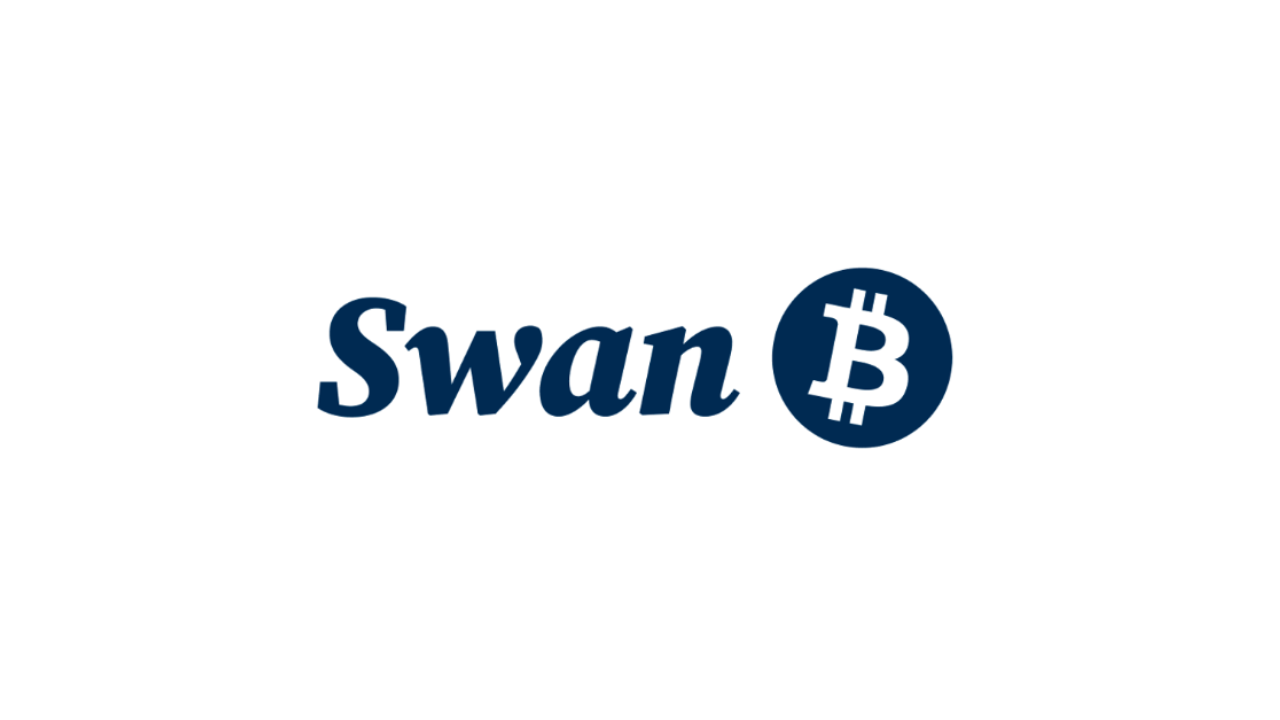The Russian ruble has rallied to a two-week high against the dollar thanks to increasing local demand to offset tax payments amid the country’s finance ministry working out options to boost forex purchases.
The ruble is set to establish support in the second half of July as export-based firms look set to convert their forex revenues to offset local liabilities. It would be recalled that tax payments kicked off last week, with the bulk due next week.
At the time of putting together this report, the Russian ruble was up 0.7% against the dollar. The ruble rose as high as 55.96 after blasting through 55.82, a level last seen on July 5. In the short term, analysts predict the rouble will trade between 54-58 against the dollar.
The ruble has also continued to rally against the euro. Today, the rouble gained 0.8% to 56.71 against the euro, its highest level since July 4.
As the war continues in Ukraine, the rouble has continued to boss over other currencies, solidifying its place as the best-performing currency in 2022. Experts have attributed the ruble’s performance to government restrictions, including those preventing Russian households from withdrawing foreign currency savings. The move was necessitated to protect the country’s financial system from Western sanctions owning to its invasion of Ukraine on Feb.24.
Meanwhile, officials are increasingly worried about the ruble’s strength as they believe it will dent the country’s income from exporting commodities, especially those priced in euros and dollars.
Capping the ruble strength
To stifle gains made in roubles and boost reserves, Russia’s finance ministry plans to raise the cut-off oil prices for its fiscal rule. This will enable the country to buy foreign currency with profits generated from oil sales.
The Russian central bank, which backs the argument of a free-floating rouble, is working to ease upside pressure on the rouble by cutting the rate. Experts predict the Russian central bank will trim the key rate by at least 50 basis points, which should be around 9%.
Russian stock indexes have, in the meantime, shown mixed reactions to the proposed rate cut. Also, the dollar-denominated RTS index rose by 0.1% at 1,169.8 points.













